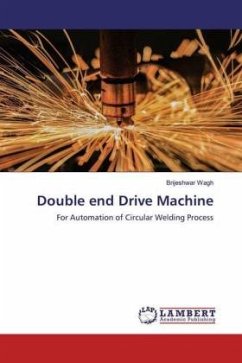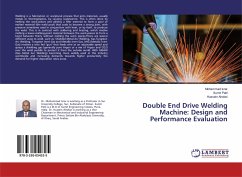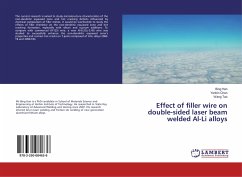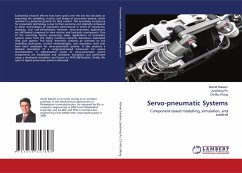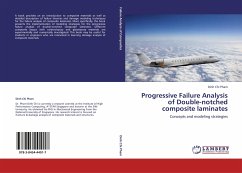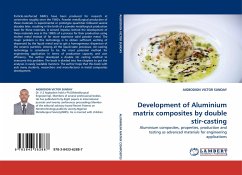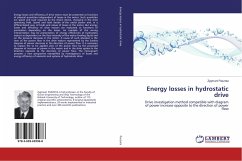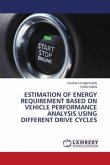In industry, there are different geometrical shapes to which an operator has to weld. Each and every shape carries its own operational constraints. Circular welding is one of the most critical welding process carried out manually, especially when accuracy and uniformity is of high concern. A manual mode of circular welding carries so many disadvantages like lower accuracy and precision, high wire, gas and electricity wastage, and frequent micro cracks. This gives rise to a need for automation for circular welding. The bulkiness and complexity of circular welding due to the presence of different holding arrangements and fixtures makes it expensive and highly time-consuming process. On the other hand, due to the complexity of the process, the availability of skilled worker is difficult. Moreover, due to monotonous and high concentration job schedule, worker fatigue becomes high and hence it forces the tendency of a worker to have high wages. To avoid these undesirable circumstances, the application demands the import of automation for this circular welding process. Welding automation worldwide utilizes different pneumatic and hydro pneumatic instrumentation.
Bitte wählen Sie Ihr Anliegen aus.
Rechnungen
Retourenschein anfordern
Bestellstatus
Storno

